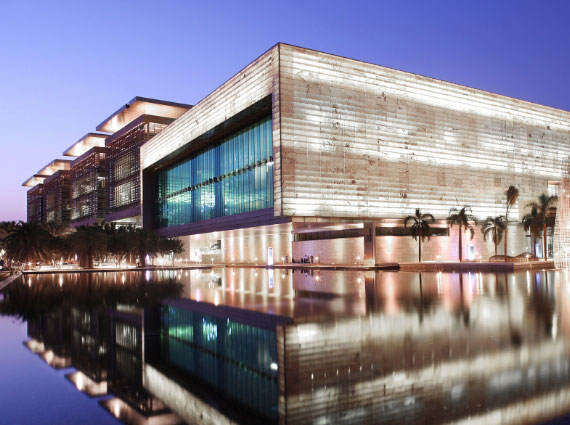Zn-Pb-Ba-Cu mineralization potential of the shallow-water carbonates of the Musayr Formation (Midyan Basin, NW Saudi Arabia): Lithologic and structural controls from an integrated sequence stratigraphic, sedimentologic and geochemical perspective

Project Details
Program
Energy Resources and Petroleum Engineering
Field of Study
Geology
Division
Physical Sciences and Engineering
Faculty Lab Link
Center Affiliation
Geo-Energy & Mineral Resources Platform
Project Description
Sedimentary basins are fundamental to sustainable development, serving as key reservoirs of water, energy, and mineral resources. Among sediment-hosted mineral deposits, low-temperature carbonate-hosted Zn-Pb systems are especially significant. These deposits are major sources of zinc, silver, cadmium, germanium, and gallium—critical metals essential for green infrastructure and the global transition to low-carbon technologies.
This internship project focuses on investigating the Zn-Pb-Ba mineralization potential of the shallow-water carbonates of the Musayr Formation, located within the Midyan Basin in northwest Saudi Arabia. The origin of mineralization in this unit is currently enigmatic, particularly because known mineralized zones along the Red Sea margin are typically hosted in a different stratigraphic intervals.
The main objective is to determine the geological controls on mineralization within the Musayr Formation, with a focus on understanding:
• Lateral facies variability and stratigraphic architecture of the Musayr Fm, using a sequence stratigraphic approach
• Ecological assemblages and microfacies characteristics of the carbonate system
• Establish a tectonic context
• The spatial relationship between mineralization and structural features (e.g., fault zones)
• Understanding geochemical conditions necessary for Zn-Pb-Ba mineralization
This study forms the first step of a broader research initiative aimed at assessing the mineralization potential of Miocene carbonates along the Red Sea margin. Deciphering the controls on ore formation in the Musayr Formation will provide a crucial piece of this regional puzzle and may lead to the identification of new exploration targets.
The internship will involve:
• 3 weeks of fieldwork to log stratigraphic sections and collect samples across key sections
• Drone-based imaging for high-resolution mapping and structural interpretation
• Scouting, sampling, and mapping for potential mineralized zones
• Detailed microfacies analysis to characterize depositional environments and diagenetic features, initial geochemical analysis.
The expected outcomes are:
• A refined depositional model of the Musayr Formation, integrating facies, structural context, and ecological indicators
• Insights into the stratigraphic and geochemical conditions that favor Zn-Pb-Ba mineralization
• A clearer understanding of how the Midyan Basin fits into the broader metallogenic framework of the Red Sea region for the low-temperature carbonate-hosted Zn-Pb systems
This internship provides a unique opportunity to participate to interdisciplinary research at the intersection of sedimentology, structural geology, and economic geology—critical disciplines in the context of energy transition and sustainable resource development.
About the Researcher
Frans van Buchem
Desired Project Deliverables
• A refined depositional model of the Musayr Formation, integrating facies, structural context, and ecological indicators
• Insights into the stratigraphic and geochemical conditions that favor Zn-Pb-Ba mineralization
• A clearer understanding of how the Midyan Basin fits into the broader metallogenic framework of the Red Sea region for the low-temperature carbonate-hosted Zn-Pb systems
Recommended Student Background
Carbonate Sedimentology
Stratigraphy
Geochemistry
Structural Geology